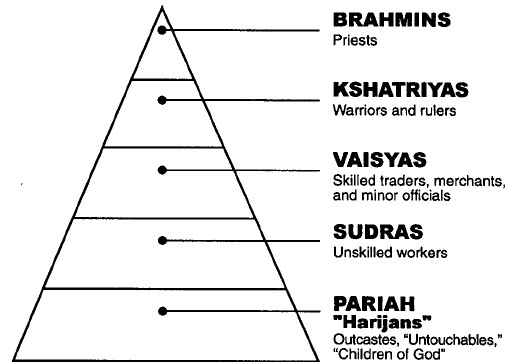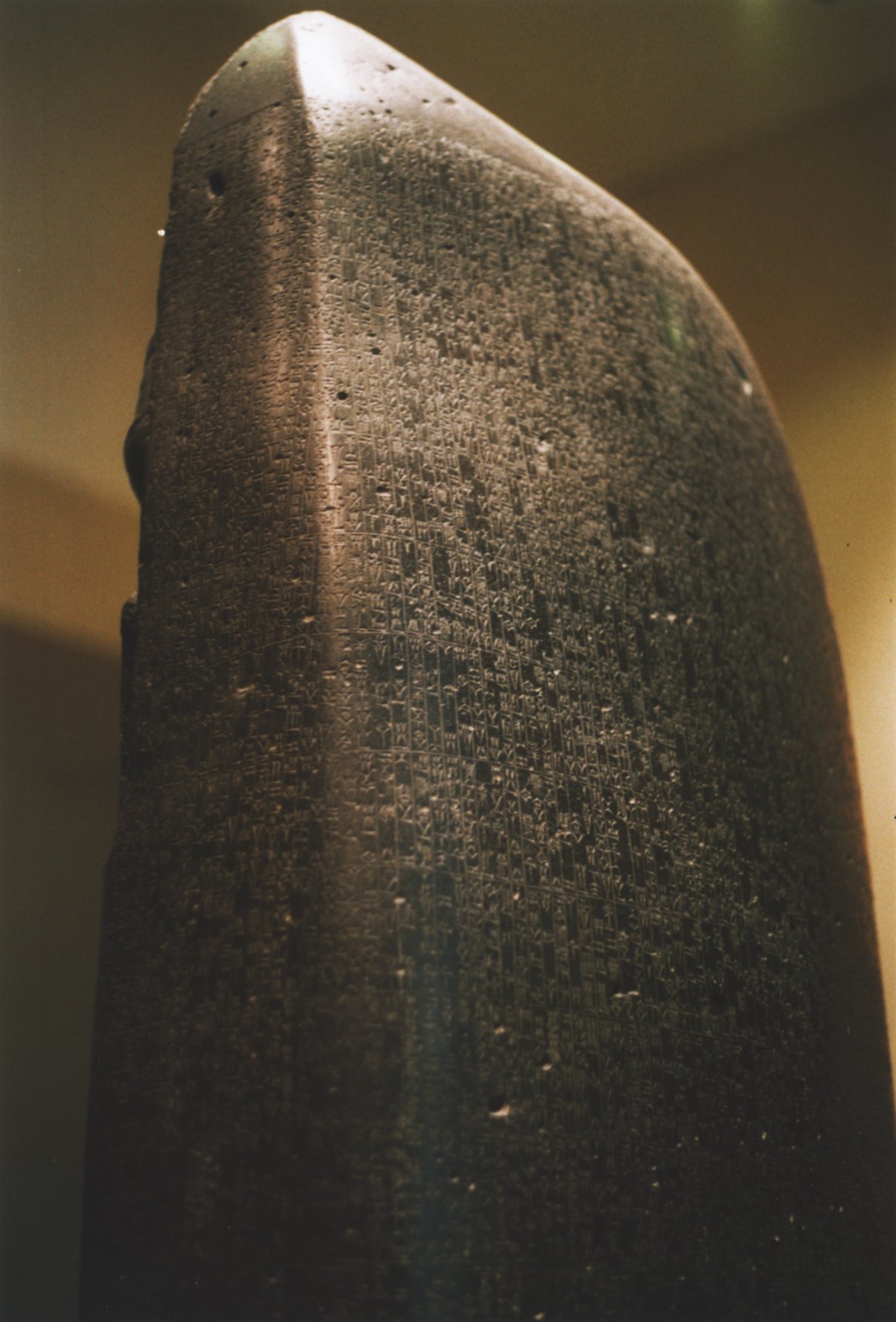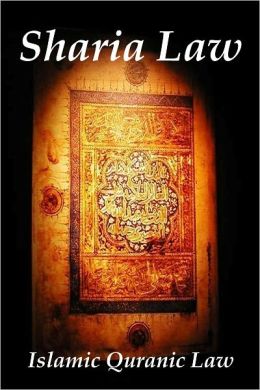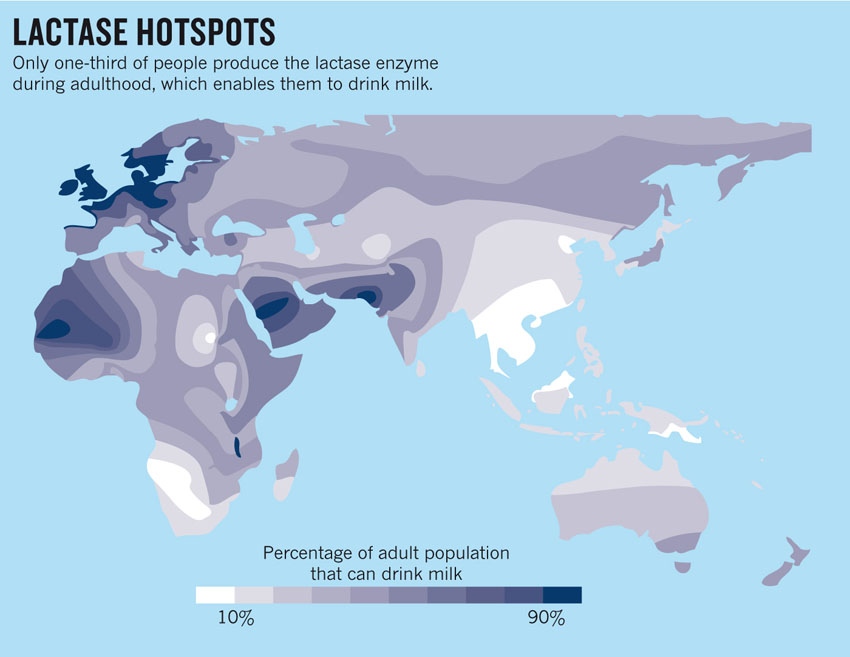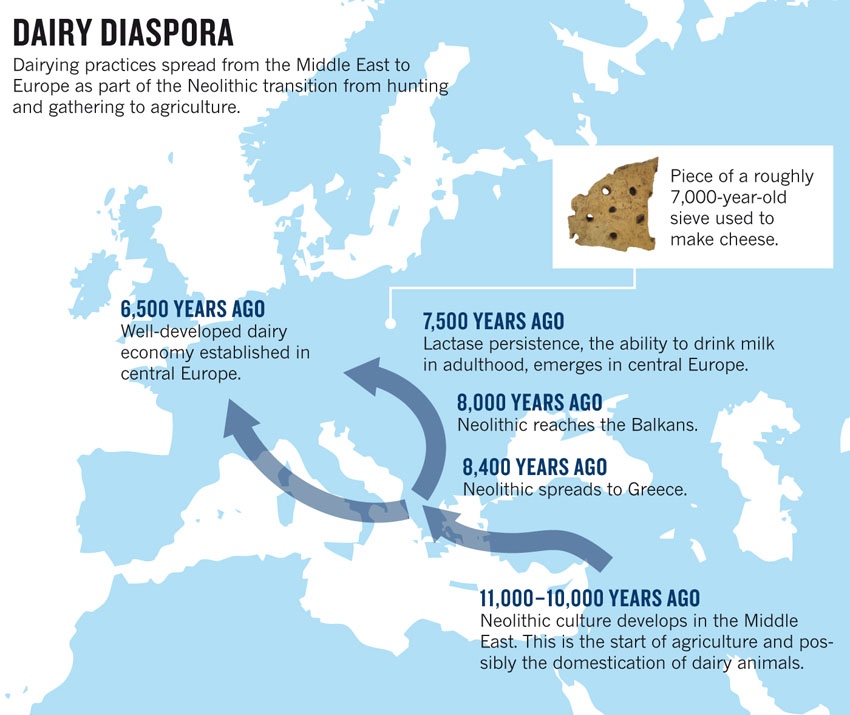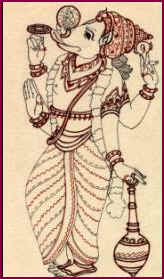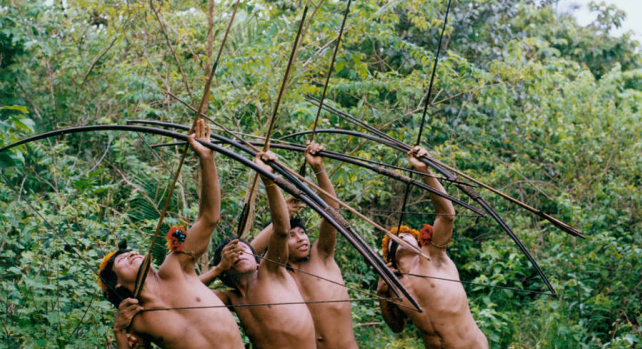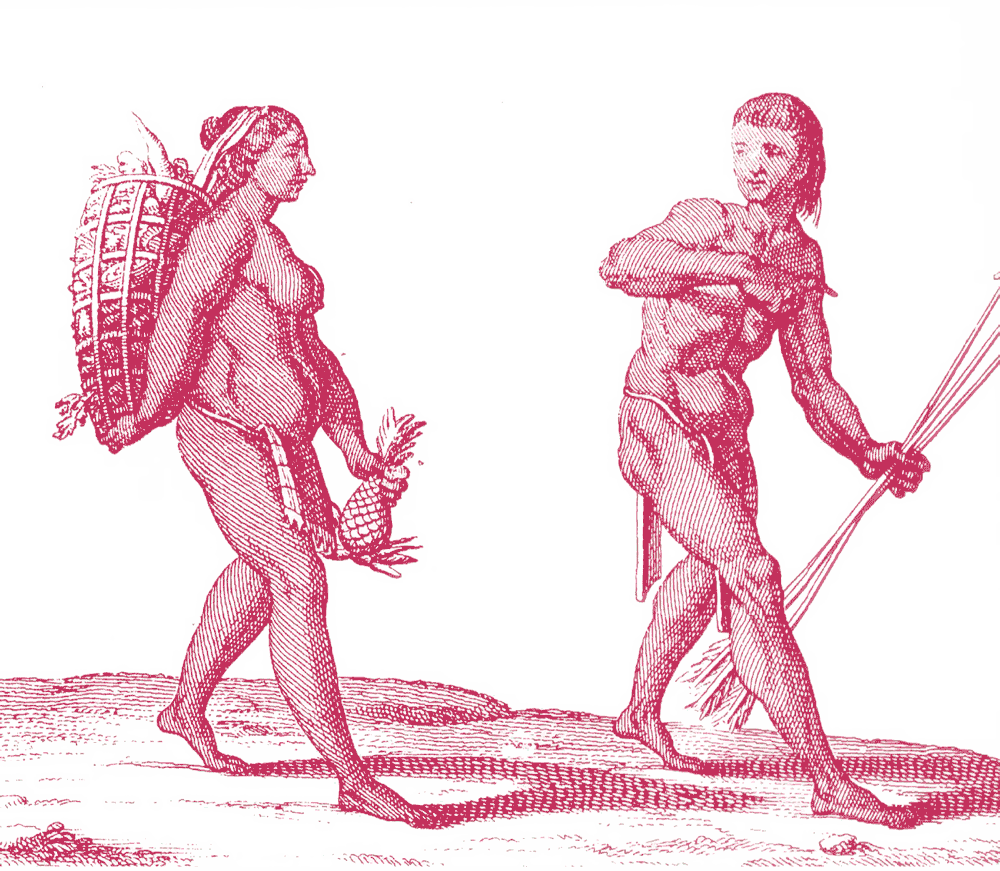Current event: http://www.economist.com/blogs/banyan/2013/06/affirmative-action
Past event:http://en.wikipedia.org/wiki/Dalit
Past event:http://en.wikipedia.org/wiki/Dalit
" Indian Scheduled Classes - Then and Now"
In the
context of traditional Hindu society Dalit status has been historically
associated with occupations regarded as ritually impure such as any involving leather work, butchering, removal of rubbish, dead animals, and human waste. Dalits
worked as manual laborers cleaning streets, latrines, and sewers. Engaging in
these activities was considered to be polluting to the individual and this
pollution was considered contagious. As a result, Dalits were commonly
segregated and banned from full participation in Hindu social life. For
example, they could not enter a temple or a school, and were required to stay
outside the village. Complicated rules were often observed to prevent
accidental contact between Dalits and other castes. So in olden times Dalits often
remained excluded from local religious and other life.
India’s
experiment with affirmative action is the world’s oldest. Known locally as
“reservation” policy it is an elaborate quota system for public jobs and places in
publicly funded colleges. For example the Indian Institutes of Technology and in most
elected assemblies have a quota system. The quotas are filled by members of designated disadvantaged
groups called scheduled classes. Instead of
trying to find out whether this practice helps the scheduled classes politicians focus on extending it to new blocks of voters. By
the late 1980s after a commission of inquiry extended the quotas to lowly but non-“scheduled” Hindu
castes, known collectively as the OBCs for “Other Backward Classes”, some 27%
of the population. Only 2% of all jobs in India are affected by these
quotas since most jobs are casual in India as opposed to formal. Discrimination against Dalits still exists in
rural areas in everyday matters such as access to
eating places, schools, temples and water sources but it has largely disappeared
in urban areas and in the public Hindu. In rural India, however, caste origins
are more readily apparent and Dalits often remain excluded from local religious
life, though there is some evidence to suggest that the severity of discrimination against Dalits and other scheduled classes is fast
diminishing.
There are
many more opportunities for the scheduled classes today, than before. But the caste system is not disappearing in India. Affirmative action has the opposite effect from causing the caste system to disappear since by identifying oneself with and emphasizing that one is a member of a scheduled class one can obtain government jobs and entrance to better
schools. The effect of is to lower standards in order to guarantee that jobs will go to schedule
classes in order to fulfill quotas. This lowers the quality of the work force or student body. It also creates resentment among the classes which are
denied jobs or school entrances in favor of the scheduled classes. As a result instead of eliminating the caste system current government policies in India tend to expand and in entrench the caste system.


Citations:
- http://news.bbcimg.co.uk/media/images/60892000/jpg/_60892492_dalit_scavenger_afp.jpg
- http://www.unwomensouthasia.org/assets/Dalit-Women-in-Varanasi-.jpg
Current Event Article:
Indian Resevation
Link: http://www.economist.com/blogs/banyan/2013/06/affirmative-action
Ancient Article:
Dalits
Wikipedia
Link:http://en.wikipedia.org/wiki/Dalit







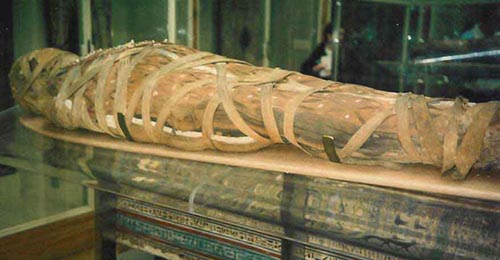
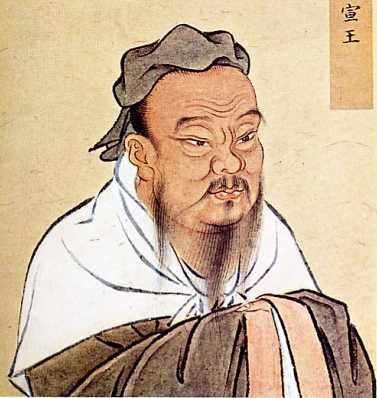
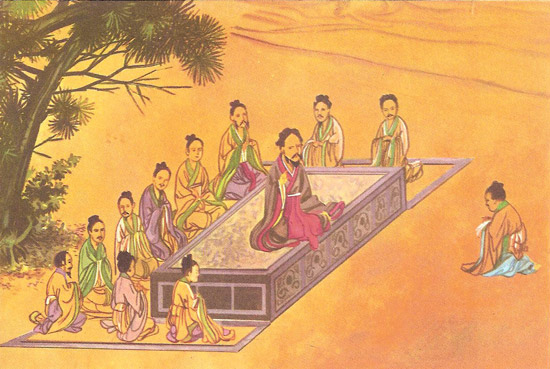
.JPG)


.JPG)
